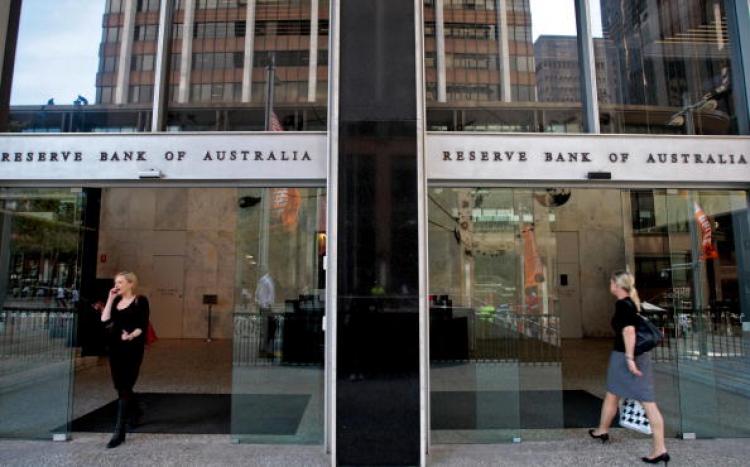Australian Dollar Soars in Currency Trading
Recently the price of the Australian dollar is moving inversely with the value of the U.S. dollar.

A branch of the Reserve Bank Australia. Bloomberg reports that the Australian dollar is overvalued by 27 percent. Anoek De Groot/AFP/Getty Images
|Updated:




